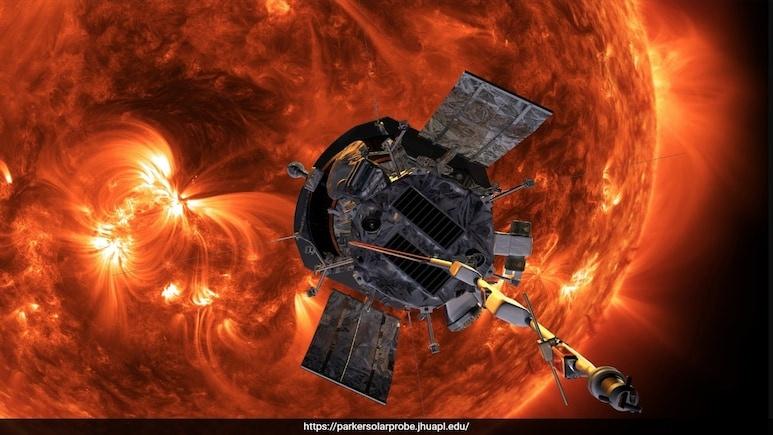Parker Solar Probe's Final Venus Flyby Set to Propel Spacecraft Toward Record-Breaking Sun Encounter

- galaxy
- 06 Nov 2024 06:31 AM
- Parker Solar Probe, NASA mission
NASA's Parker Solar Probe is about to make its final gravity assist flyby of Venus on November 6, 2024, a key maneuver that will adjust its trajectory as it sets course for the closest-ever approach to the Sun. After this flyby, Parker will come within just 3.86 million miles of the Sun on December 24, 2024, breaking records and allowing scientists to study the Sun’s outer atmosphere (the corona) and solar wind at unprecedented proximity.
The Parker Solar Probe, which launched in 2018, was designed to study the Sun and gather vital data to help scientists understand solar activity and its effects on the solar system. With a spacecraft roughly the size of a small car, NASA has already made groundbreaking discoveries, including insights from the Wide-Field Imager for Parker Solar Probe (WISPR) during its previous Venus flybys. This imaging tool has allowed scientists to peer through Venus' thick clouds and capture infrared images of the planet's surface, providing a new perspective on the planet's geologic activity and thermal properties.
As Parker Solar Probe makes its final Venus flyby on November 6, scientists are hoping to gather additional data to answer lingering questions from earlier flybys, especially concerning the physical and chemical properties of Venus’ surface. Afterward, the spacecraft will continue its approach to the Sun, passing through intense solar wind and plasma as it makes its final descent toward the Sun. During its closest approach in December 2024, the spacecraft will be out of contact with mission control due to the harsh conditions it will face, but a beacon tone will be sent to confirm its health.
Parker Solar Probe will continue its mission in orbit, making additional perihelion passes and providing essential data to help scientists better understand the Sun and its impact on space weather and our solar system.





































